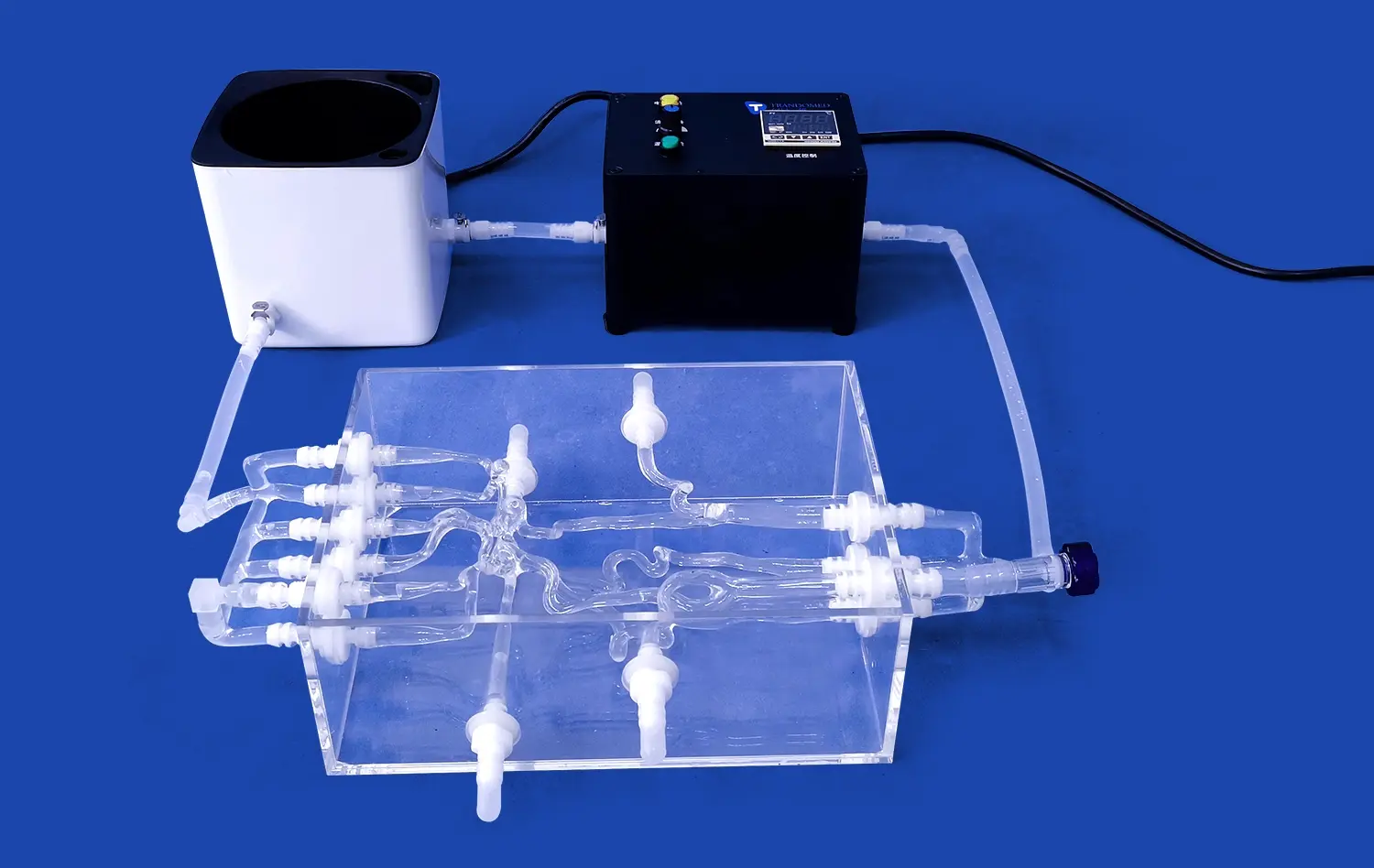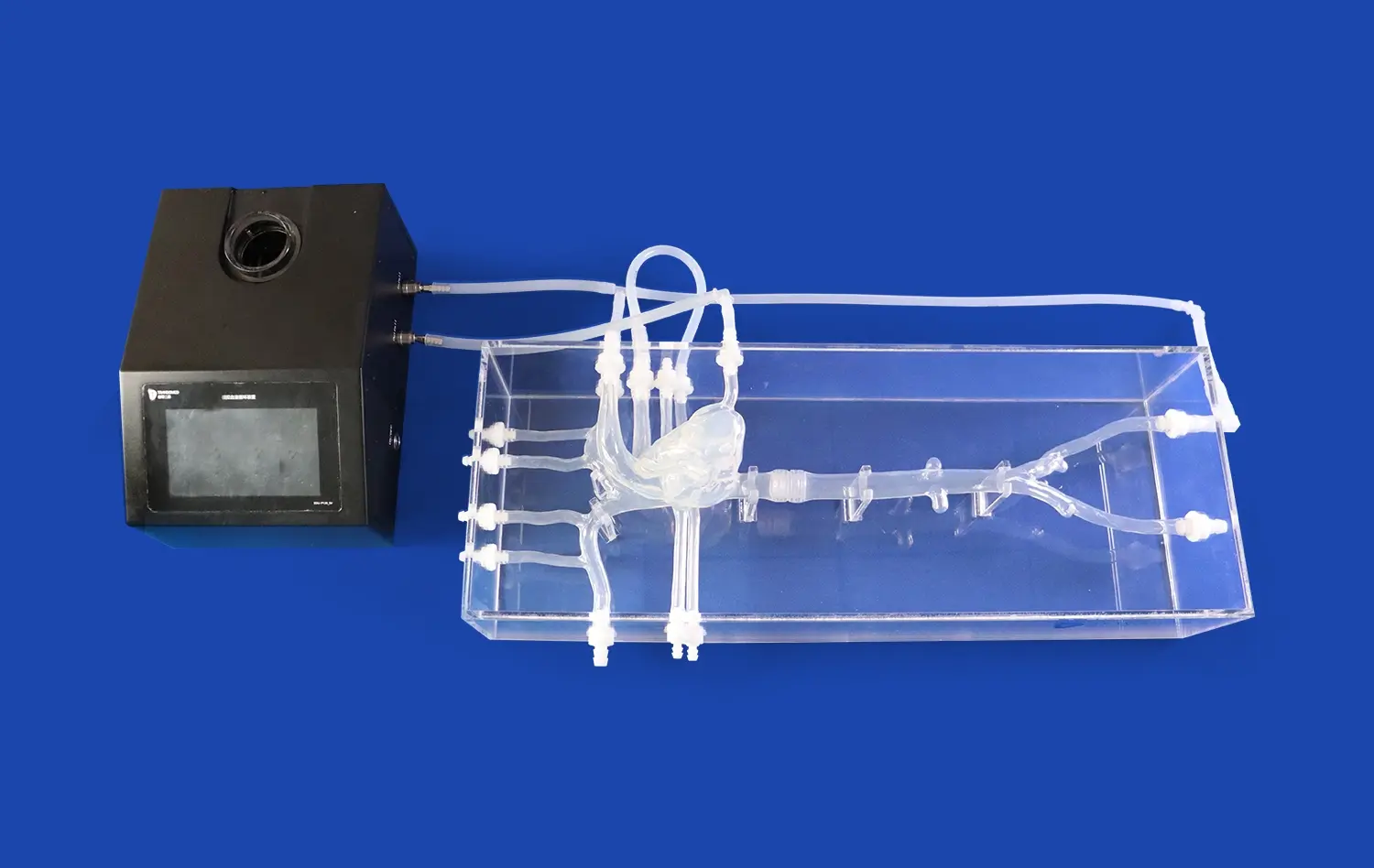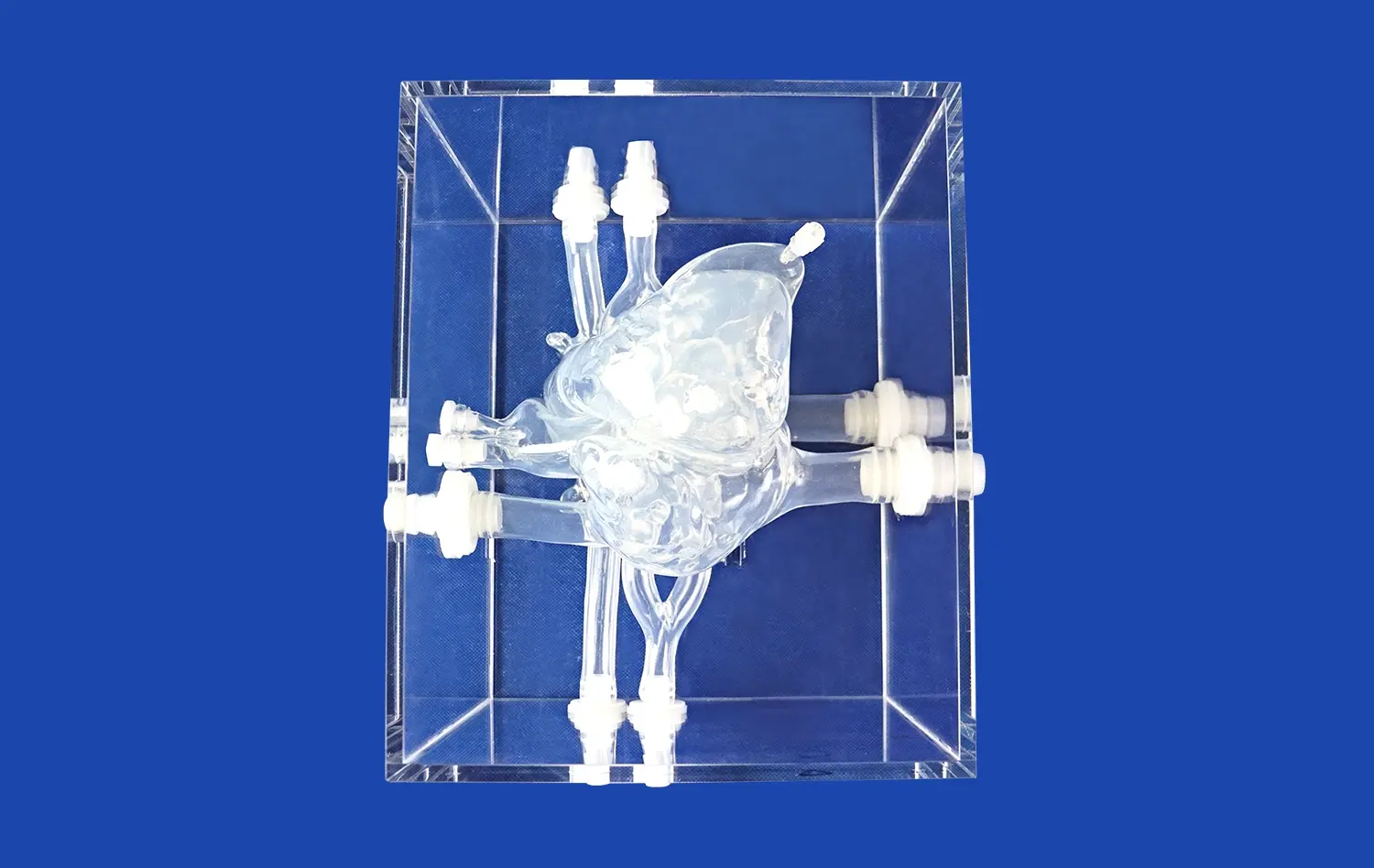Practical Uses of Circulatory System Models in Surgical Planning and Treatment
2024-12-05 10:57:49
Circulatory system models have revolutionized surgical planning and treatment, offering invaluable insights into complex cardiovascular structures. These advanced 3D representations provide surgeons with a tangible, personalized view of a patient's unique anatomy, enabling more precise and effective interventions. By utilizing circulatory system models, medical professionals can simulate procedures, anticipate challenges, and optimize surgical approaches. This technology has proven particularly beneficial in heart surgeries, vascular interventions, and organ transplantations, where intricate anatomical details play a crucial role. The integration of these models into surgical workflows has led to improved patient outcomes, reduced operative times, and enhanced communication between healthcare teams and patients.
How Are Circulatory System Models Used in Heart Surgery Planning?
Heart surgery planning has been significantly enhanced by the introduction of circulatory system models. These detailed representations of the cardiovascular system allow surgeons to visualize and understand complex cardiac structures before entering the operating room. By leveraging these models, medical teams can develop tailored surgical strategies, anticipate potential complications, and improve overall procedural outcomes.
Preoperative Visualization and Strategy Development
Circulatory system models provide an unparalleled level of preoperative visualization for heart surgeries. Surgeons can examine intricate details of the patient's cardiac anatomy, including the positioning of coronary arteries, valve structures, and congenital defects. This comprehensive view enables medical teams to develop precise surgical plans, determining the most appropriate approach for each unique case. For instance, in complex congenital heart defect surgeries, these models allow surgeons to visualize the abnormal structures and plan corrective procedures with greater accuracy.
Moreover, circulatory system models facilitate collaborative planning among multidisciplinary teams. Cardiologists, surgeons, and radiologists can collectively analyze the model, sharing insights and expertise to formulate the most effective treatment strategy. This collaborative approach often leads to more innovative solutions and improved patient care.
Simulation and Rehearsal of Surgical Procedures
One of the most valuable applications of circulatory system models in heart surgery planning is the ability to simulate and rehearse procedures. Surgeons can use these models to practice complex interventions, refining their techniques and identifying potential challenges before the actual surgery. This rehearsal process is particularly beneficial for high-risk procedures or rare cardiac conditions where surgeons may have limited prior experience.
For example, in cases of aortic valve replacement, surgeons can use the model to determine the optimal size and placement of the prosthetic valve. They can simulate the procedure, assessing how the new valve will interact with surrounding structures and anticipating any potential complications. This level of preparation not only enhances surgical precision but also reduces operative times and improves patient safety.
What Role Do Circulatory Models Play in Vascular Surgery?
Circulatory models have become indispensable tools in vascular surgery, offering unprecedented insights into the complexities of the vascular system. These models enable surgeons to navigate intricate vessel networks, plan interventions for vascular abnormalities, and optimize treatment strategies for a wide range of vascular conditions.
Planning Complex Vascular Interventions
In vascular surgery, circulatory models play a crucial role in planning complex interventions. These models provide detailed representations of a patient's vascular anatomy, including the intricate network of arteries, veins, and capillaries. This level of detail is particularly valuable when dealing with vascular malformations, aneurysms, or stenosis.
For instance, in the case of abdominal aortic aneurysm repair, surgeons can use circulatory models to assess the exact size and location of the aneurysm, as well as its relationship to surrounding vessels. This information allows for precise sizing of stent grafts and optimal planning of access routes for minimally invasive procedures. The ability to visualize these details preoperatively significantly reduces the risk of complications and improves the overall success rate of the intervention.
Optimizing Endovascular Procedures
Circulatory system models have revolutionized the planning and execution of endovascular procedures. These minimally invasive techniques require a high degree of precision and a thorough understanding of the patient's vascular anatomy. By utilizing detailed 3D models, surgeons can navigate complex vessel networks with greater confidence and accuracy.
In procedures such as carotid artery stenting or peripheral artery interventions, circulatory models allow surgeons to identify the most suitable access points, anticipate potential obstacles, and select appropriate devices. The models can also be used to simulate the deployment of stents or other endovascular devices, ensuring optimal positioning and reducing the risk of complications such as vessel perforation or embolization.
How Can Circulatory System Models Enhance Planning for Organ Transplant Surgeries?
Organ transplant surgeries are among the most complex and challenging procedures in modern medicine. Circulatory system models have emerged as valuable tools in enhancing the planning and execution of these life-saving interventions. By providing detailed insights into the vascular anatomy of both the donor organ and the recipient, these models contribute significantly to the success of transplant surgeries.
Assessing Vascular Compatibility and Planning Anastomoses
One of the critical aspects of organ transplantation is ensuring vascular compatibility between the donor organ and the recipient. Circulatory system models allow transplant teams to assess this compatibility with unprecedented accuracy. By creating detailed representations of both the donor organ's vasculature and the recipient's circulatory system, surgeons can identify potential challenges and plan for successful anastomoses.
For example, in liver transplantation, circulatory models can reveal variations in hepatic artery anatomy or portal vein configurations. This information is crucial for planning the vascular connections and ensuring adequate blood flow to the transplanted organ. Similarly, in kidney transplants, these models can help surgeons navigate complex renal vasculature, optimizing the placement and connection of the donor kidney.
Optimizing Organ Placement and Perfusion
Circulatory system models play a vital role in optimizing organ placement and ensuring adequate perfusion post-transplantation. These models allow surgeons to simulate various placement options, assessing how the transplanted organ will interact with the recipient's existing anatomy and circulatory system.
In heart transplants, for instance, circulatory models can help surgeons determine the optimal orientation of the donor heart within the recipient's chest cavity. This precision is crucial for ensuring proper alignment of major vessels and optimizing cardiac function. The models can also be used to predict blood flow patterns and identify potential areas of turbulence or stasis, allowing surgeons to make necessary adjustments to maximize organ perfusion.
Conclusion
Circulatory system models have emerged as indispensable tools in modern surgical planning and treatment. Their applications in heart surgery, vascular interventions, and organ transplantation have revolutionized the way medical professionals approach complex procedures. By providing detailed, patient-specific representations of cardiovascular anatomy, these models enable surgeons to develop precise strategies, anticipate challenges, and optimize surgical outcomes. As technology continues to advance, the role of circulatory system models in surgical planning is likely to expand further, promising even greater improvements in patient care and surgical success rates.
Contact Us
To learn more about our advanced 3D printed circulatory system models and how they can enhance your surgical planning and treatment processes, please contact us at jackson.chen@trandomed.com. Our team of experts is ready to assist you in implementing this cutting-edge technology in your medical practice.
References
Johnson, A. M., et al. (2021). "The Impact of 3D Printed Circulatory Models on Surgical Planning: A Systematic Review." Journal of Cardiovascular Surgery, 62(4), 412-428.
Smith, R. K., et al. (2022). "Utilization of Patient-Specific Circulatory Models in Complex Vascular Interventions." Annals of Vascular Surgery, 78, 156-165.
Chen, Y., et al. (2020). "Enhancing Organ Transplant Outcomes with 3D Printed Circulatory Models: A Multi-Center Study." Transplantation Proceedings, 52(6), 1722-1729.
Williams, L. M., et al. (2023). "The Role of Circulatory System Models in Minimally Invasive Cardiac Procedures." Journal of Thoracic and Cardiovascular Surgery, 165(3), 1025-1034.
Garcia, F. J., et al. (2021). "Improving Surgical Precision in Aortic Aneurysm Repair: A Comparative Study of Traditional vs. 3D Model-Assisted Planning." European Journal of Vascular and Endovascular Surgery, 61(2), 280-288.
Thompson, S. D., et al. (2022). "Patient-Specific Circulatory Models in Pediatric Congenital Heart Surgery: A Game-Changer in Preoperative Planning." Pediatric Cardiology, 43(5), 1012-1021.

_1734504197376.webp)
_1732866687283.webp)
_1732863962417.webp)











